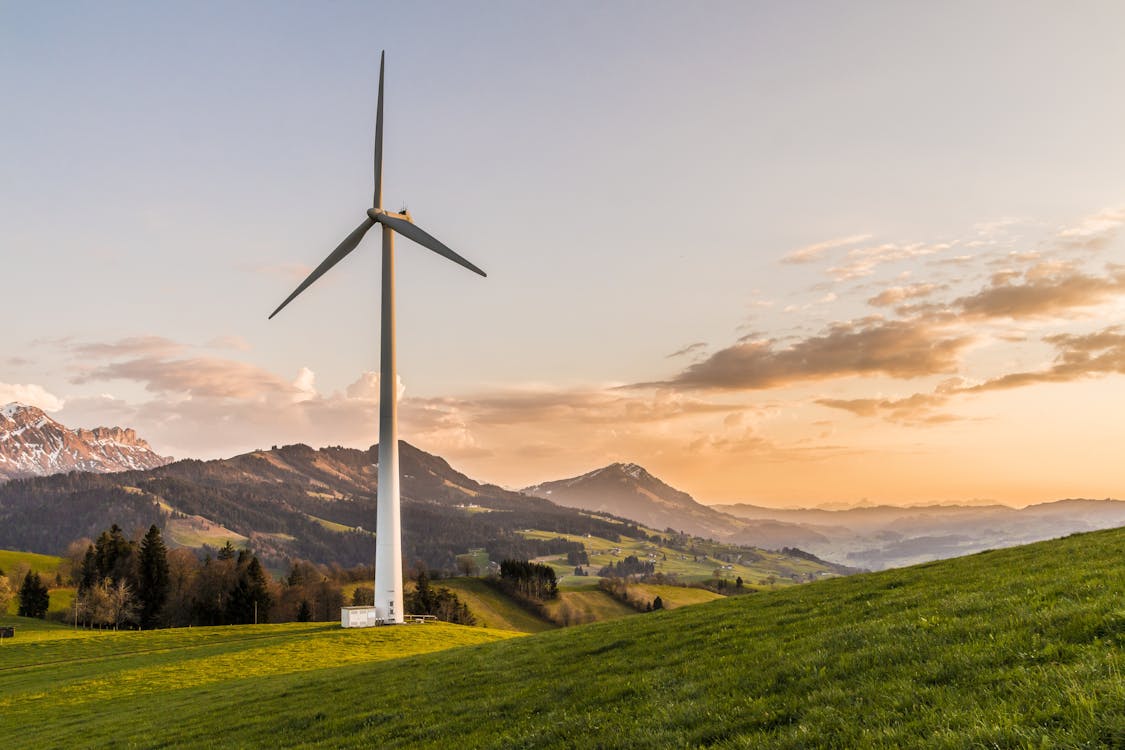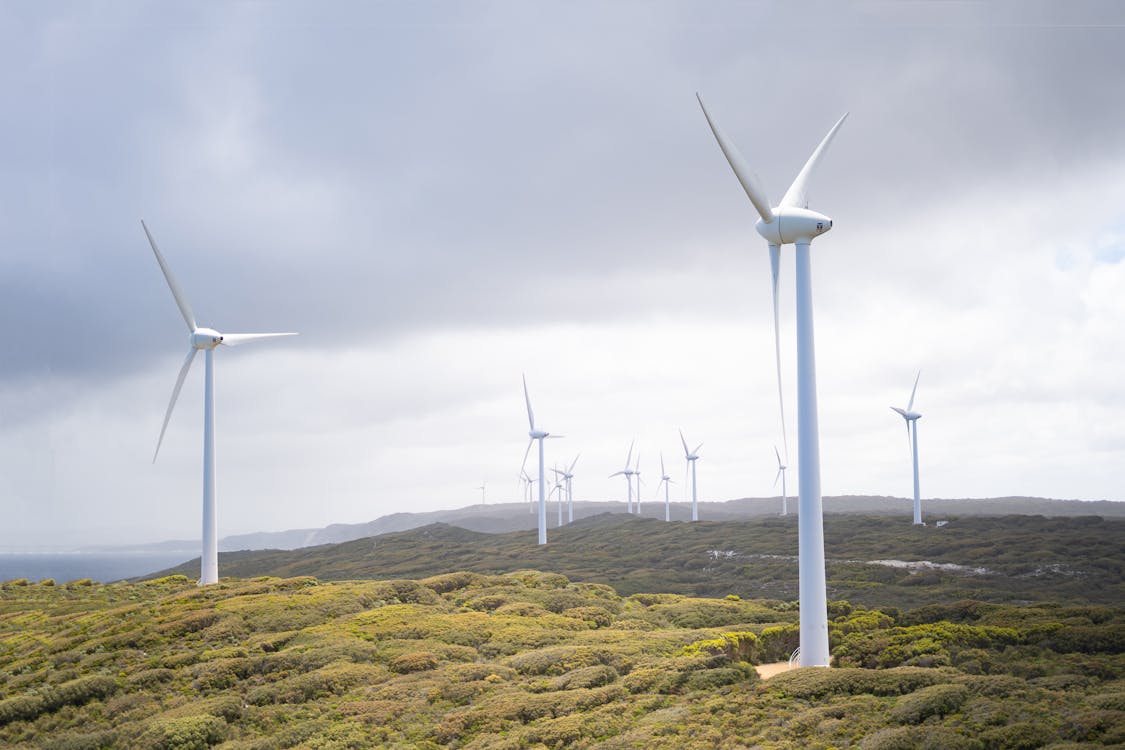Innovation is key to new solutions, and the increasingly varied uses of metal shipping containers can attest to that. Who knew that these platforms, once only used in the shipping industry, have become widely used in the energy industry?
If anything, the use of shipping containers as storage facilities in the energy industry will only grow larger. This becomes evident as the renewable energy market is expected to reach around US$ 1.74 billion in 2025 and $7.28 million in 2034.
Because of this continuously growing market, the demand for robust energy storage solutions becomes higher. And to answer that, they chose the very solution that elevated the shipping industry decades ago – shipping containers!
Also Read: Suitable Sea Container Types for Oil Rigs and Offshore Sites
How Shipping Containers Found Their Way to the Energy Industry
So, how did metal shipping containers slowly find their way into becoming the basis of many renewable energy stations?
It all started with the need for cost-effective, modular, and easily transportable solutions in the energy sector. While they are efficient, traditional energy infrastructure is expensive to build and difficult to move.
Scalability and logistics often trouble energy companies and governments as they need to boost the power stations. Opening new energy infrastructure can be costly, and freeing some space to expand it isn’t as easy as it sounds.
Then enter shipping containers. They can withstand extreme weather, protect sensitive components, and, most importantly, be moved wherever needed.

As renewable energy gained traction, the demand for flexible energy solutions grew. Companies needed a way to deploy battery storage, solar power systems, and wind energy stations without having to construct permanent buildings. Shipping containers provided the perfect answer.
Following this discovery, energy companies began using containerized energy battery solutions as early as the 2000s. According to Boston University, the first battery storage plants were AEP Churubusco NaS in Indiana and AEP Milton NaS in West Virginia in 2009.
While they eventually ceased operations, it did not end the trend of battery storage plants. Today, there are 106 active battery storage plants across the US, most of them located in California, Texas, and Massachusetts.
Examples of Container Uses in the Energy Industry
Since the various developments we’ve mentioned above, there are now many uses of shipping containers in the energy industry. Let’s see the examples below!
Battery Energy Storage Systems (BESS)

One of the biggest game-changers in energy is the rise of Battery Energy Storage Systems (BESS). These systems help store excess electricity generated from renewable sources like solar and wind.
Instead of letting excess power go to waste, BESS allows it to be stored for later use. With this benefit, the energy grid becomes more stable and efficient.
Shipping containers provide an ideal housing solution for BESS units. Why? Because batteries require controlled environments to function properly.
Modified metal shipping containers can be fitted with temperature control, fire suppression systems, and security features. With these features, energy companies can keep the stored energy stable before use.
Some of the key advantages of using containers for BESS include:
- Mobility
The unit can be transported to different locations depending on demand.
- Scalability
Need more storage? Just add another container.
- Security
The steel structure provides excellent protection against theft and environmental hazards.
- Cost-Effectiveness
Using repurposed containers is much cheaper than building permanent battery storage facilities.
As renewable energy adoption increases, BESS in shipping containers is becoming a critical solution for storing and distributing power efficiently.
EV Charging Stations

The electric vehicle (EV) revolution is in full swing, and yet, the charging infrastructure is still catching up. One of the biggest challenges? Reliable and efficient energy storage.
While charging stations in the US have numbered over 192,000 in August 2024, building new ones needs smarter solutions. As such, this is where converted metal shipping containers come in.
By converting standard shipping containers into BESS, businesses and cities can create scalable, and cost-effective power solutions for EV charging stations. These units can store energy from the grid, solar panels, or wind farms and release it when EVs need a charge.
These are the benefits of using shipping containers to help EV charging stations:
- Fast Deployment
Unlike traditional charging stations that require expensive and time-consuming grid upgrades, containerized storage units can be set up quickly in parking lots, gas stations, or remote areas.
- Grid Support
These battery systems reduce strain on the power grid by storing electricity when demand is low and supplying it when demand spikes.
- Sustainable Energy Integration
Pairing containerized energy storage with solar and wind power makes EV charging even greener.
- Scalability
As EV adoption grows, adding more container units is much easier than rebuilding infrastructure.
- Emergency Backup Power
During power outages, stored energy ensures that EV charging stations remain operational.
Portable Solar Power Units

Off-grid solar power units are a godsend for many communities, and shipping containers are playing a big role in making solar energy more accessible.
Portable solar power units housed in containers are being deployed to remote locations, disaster-stricken areas, and industrial sites. Because constructing permanent power grids there is impossible, setting up these portable units is the next best thing.
So, how does a containerized portable solar power unit work? First, companies fit the container with solar panels, battery storage, and power inverters.
Over time, the system collects solar energy, stores it in batteries, and distributes it as needed. If other customers need the system to power their infrastructures, the company can relocate the grid to their locations.
Because of that, containerized solar power units are incredibly useful for:
- Disaster relief operations
When hurricanes, earthquakes, or other disasters strike, these units provide immediate power to affected areas.
- Military bases
Portable solar units reduce reliance on fuel-powered generators.
- Remote industries
Mining, agriculture, and construction sites benefit from having self-sustaining power sources.
Wind Energy Outlets

Wind power has become one of the leading renewable energy sources, and shipping containers help wind farms become more efficient.
One problem with wind energy is that it’s often generated in remote areas where infrastructure is lacking. Building wind farms with construction like conventional power grids is often impractical as it needs more space.
If anything, wind farms can benefit so much from containerized energy battery units. Here are some examples to give you an image:
- Mobile Wind Turbine Control Centers
Containers can house all the necessary electronics and control systems needed to manage wind turbines.
- Portable Grid Connections
Instead of building permanent substations, containers can be modified to serve as temporary grid connection points for new wind projects.
- Hybrid Systems
Many wind farms are combining wind power with battery storage systems housed in containers, allowing for better energy distribution and storage.
Because of that, it’s common to see BESS units paired with wind farms everywhere. In rural areas where wind farms are located, companies set BESS units next to them. Using these units doesn’t involve clearing much land, meaning there will be fewer environmental impacts.
Conclusion
Considering the surprisingly indispensable role of metal shipping containers in the energy industry, they will only become more relevant in the upcoming years. To respond to these trends, Tradecorp designs its shipping containers to be immensely versatile across all industries. Fill out our quote form today to have one of them to meet your business needs!


